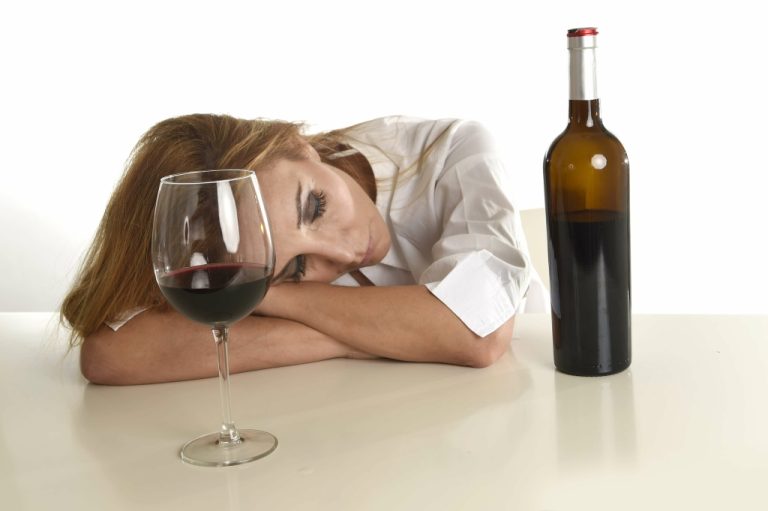The Chief Medical Officers’ low risk drinking guidelines also recommend it’s safest for both men and women to drink no more than 14 units a week, spread over three or more days with several drink-free days. Excessive alcohol use is a term used to describe four ways that people drink alcohol that can negatively impact health. – Set a fixed number of drinks you will have to drink during the permitted period.
What Is Binge Eating Disorder? Eating Disorders Victoria

Functionally, binge drinking during adolescence appears to affect brain responses in numerous regions, across a variety of tasks. Additional longitudinal studies with multiple time points will be necessary to elucidate alcohol’s effects on the full developmental trajectory across adolescence and young adulthood. Two recent studies have looked at brain activation elicited by an alcohol cue (i.e., cue reactivity), using an alcohol pictures task, in binge drinking adolescents and young adults. This suggests that changes in how the brain responds to alcohol cues may help predict which individuals may transition from light to heavy drinking and may be more informative than simply comparing heavy drinkers with control subjects. This finding has important effects of binge drinking implications for future intervention strategies. Although the effects of chronic alcohol consumption and the mechanisms of tissue injury underlying alcoholic hepatitis and cirrhosis have received much attention, less attention has been focused on the pathophysiological consequences of binge alcohol consumption.
Putting it in context: standard alcohol drink sizes
For women, he says it usually takes four standard drinks over the course of two hours, and for men, that number is five. Once alcohol consumption crosses the binge threshold — four drinks or more for women, five or more for men — both drunkenness increases and does the risk of acute health toxicity. Higher levels of alcohol depress the brainstem, which controls breathing as well as affecting heart rate and body temperature. Binge drinking is when someone drinks a large quantity of alcohol in a short amount of time.
Areas and Cities We Serve SUD & Mental Health Treatments
Binge drinking is also linked with higher rates of anxiety, depression, and suicidal behavior. Over time, repeated binge drinking can progress to alcohol use disorder (AUD), a chronic relapsing condition marked by a loss of control over drinking and physical dependence. Someone who binge drinks may experience impaired judgment, nausea, vomiting, and even unconsciousness. Over time, a binge drinker is at a higher risk https://ecosoberhouse.com/ for severe health problems such as liver disease, pancreatitis, and certain types of cancers. It’s essential to understand the current guidelines for healthy drinking and be mindful of the risks of alcohol abuse so that you can make informed choices about your health.
Pulmonary Consequences
This is not the first study to address the health effects of binge drinking. Another study released in the summer of 2018 indicated that the national rates of fatal liver disease have risen dramatically. The number of fatalities tied to alcohol-related liver disease among people ages 25 to 34 tripled between 1999 to 2016. In this study, two research themes related to binge drinking were found. The themes of social and cultural factors and interventions for binge drinking were especially noteworthy.
Effects of long-term alcohol use
There are many different social and cultural factors that can influence binge drinking 56, 57. Excess alcohol consumption is normalized by peer pressure, cultural rituals, and social norms, which are particularly common among young adults 58, 59. Public perceptions are further shaped by the glamorization of alcohol consumption in the media and in advertisements, as well as by celebrity endorsements 60, 61.
- The centrality analysis of the collaboration network indicates that the USA, followed by the UK and Spain, was the top contributor.
- How these shifts in bacterial strains, load, and metabolites contribute to organ injury remains to be fully elucidated.
- – Identifying these effects shows us why we need to act on binge drinking to stop health problems from developing.
- Most American adults drink alcohol at least occasionally, but about 1 in 4 knock back several drinks in a short period of time at least once a year.
- The solution to this global public health problem will rely heavily on collaboration among nations, organizations, and disciplines.

Information and shareable resources to help others choose to drink less alcohol and be their best. These effects can also impact the safety and drug addiction treatment well-being of people around you. A .gov website belongs to an official government organization in the United States. According to Dr. Streem, the bottom line is that Americans need to drink less alcohol. Federal and state health agencies also offer resources and can refer you to someone who can help.
